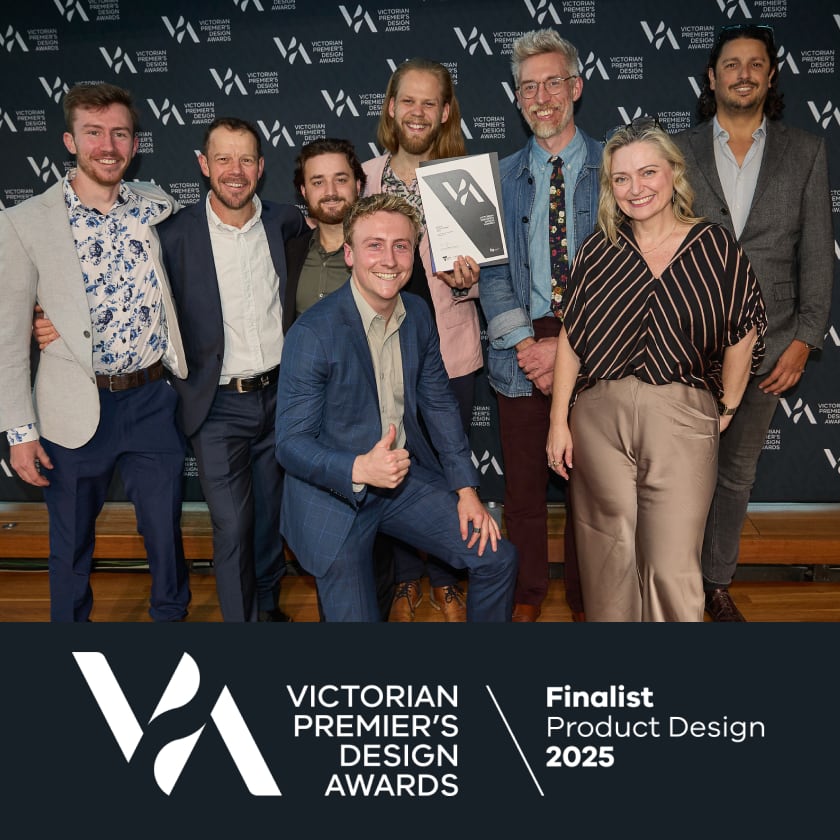A new workshop, business growth, technology development. It’s all great stuff. But it’s only great because it means we’ll continue to get emails like this:

That’s from a customer in Adelaide after 6 months of ownership and a recent service.
We haven’t converted a huge number of cars, but our focus on developing a quality electric vehicle platform - and wrapping a beautiful car around it - means the cars we have delivered are loved.
‘M’ has been doing about 1000km a month, driving to work and to some amazing places around South Australia.


Lot’s of driving means it needed a service. For our cars it’s really only been the ‘old’ Land Rover bits that need attention - they can still leak oil, just not much. But the electric side of things has always been rock solid.
We worked with local specialists PCB Land Rover to carry out a comprehensive service of the classic car bits including:
• Checking over all the nuts and bolts in the suspension.
• Replacing a felt washer that was making the front diff leak a little oil.
• Checking oil levels in the transmission

However this car was experiencing an unusual draw on the 12 volt battery. Electric cars still use a 12v battery to run all the traditional car electrics like headlights, stereo, various pumps and importantly to start the high voltage system and run the various computers.
A DC-DC converter is used to transform the traction pack voltage into 12 volts, basically doing the electric car version of an alternator. This DC-DC should keep the 12v battery charged and happy. In this case, it wasn’t happy.
Our power distribution module (a computer version of fuses and relays) was detecting an unusual amount of current draw and shutting down the DC-DC after only a few seconds of operation. This meant the car would slowly flatten the 12v battery.
To be completely honest, we first assume that any errors are our fault. We follow an assembly and QA process for most everything we do, but custom cars require custom work. If blaming a human or a computer, I’d first look to the human.
However after taking apart the DC-DC converter it was apparent there was a short between one of the control wires and the main 12v feed. During factory assembly they’d been routed to close and the insulation had started to melt. This’d taken about 4 months to become an issue.

That white stuff is the potting compound. You pour it in and it sets to a squishy state and keeps all the small electrics in place. Its used in most electronics that are subject to vibration and shock - like automotive.
Our PDM had been trying its best to work around this error and keep everything safe, and thats what kept the car drive-able. We swapped out the ?DC-DC with a new unit (checked internally) and everything back to 100%






